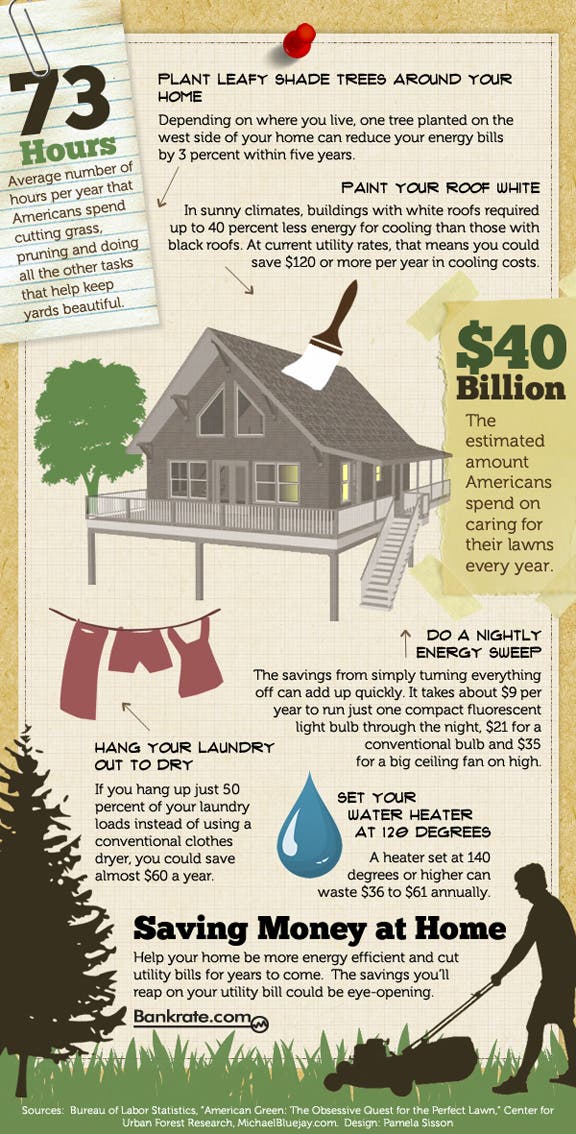Post-Tree Removal Support: How To Successfully Restore Your Landscape
Post-Tree Removal Support: How To Successfully Restore Your Landscape
Blog Article
Team Writer-McMillan Chambers
After a tree's elimination, your landscape may look fairly different, and it's necessary to evaluate the aftermath very carefully. Apple Tree Pruning 'll wish to examine the soil disruption and inspect bordering plants for any type of signs of tension. Ignoring these variables can lead to larger problems down the line. So, what should you do with those stumps and roots? And just how do you choose the most effective plants for your revitalized room? Allow's discover these important actions.
Analyzing the After-effects: Assessing Your Landscape
After a tree removal, it's vital to analyze your landscape to understand the effect it carries your yard.
Start by examining the location where the tree stood. Seek indications of soil disturbance, and examine the surrounding plants for any stress and anxiety or damages.
You need to also bear in mind of just how the removal has actually transformed sunlight exposure and air movement in your yard. This change can impact the growth of neighboring plants, so it's vital to review their health and wellness.
Take into consideration the aesthetic aspects also; the removal may develop an open space that you can redesign.
Ultimately, think about any type of potential erosion concerns that may develop from the tree's lack. Attending to these aspects early will assist bring back balance to your landscape.
Handling Stumps and Roots: Alternatives for Elimination
When you've analyzed the aftermath of the tree elimination, you'll likely require to take on the stump and origins left behind.
You have a few choices for removal. One reliable approach is stump grinding, where a professional utilizes a machine to grind the stump to underground level. This technique leaves minimal disturbance to your landscape.
If you prefer a DIY technique, you can use a combination of excavating and chemical stump cleaners. Just bear in mind, this process can require time and initiative.
Conversely, think about leaving the stump as an all-natural feature, which can work as a special garden component or environment for wildlife.
Whatever you pick, addressing the stump and roots is important for recovering your landscape.
Choosing the Right Plants for Your New Space
As you assess your newly gotten rid of room, picking the right plants can significantly boost your landscape's appeal and functionality.
Begin by taking into consideration the sunlight and soil problems. For warm areas, opt for drought-resistant plants like lavender or succulents. In shaded areas, ferns and hostas grow well.
Consider the dimension and growth practices of your plants; mix perennials and annuals for seasonal selection. How Do You Trim Palm Trees to include native species; they require much less maintenance and assistance neighborhood wildlife.
Team plants in odd numbers for a much more all-natural look and produce layers for aesthetic depth.
Finally, guarantee you have a mix of shades and textures to keep your landscape dynamic throughout the periods.
Happy growing!
Verdict
To conclude, recovering your landscape after tree removal is a rewarding procedure. By analyzing the aftermath, attending to stumps and roots, and picking the right plants, you'll create a flourishing setting. Do not neglect to incorporate disintegration control measures to secure your soil. With a little effort and treatment, you can transform your room right into a dynamic yard that enhances your property. Accept the possibility to renew your landscape and take pleasure in the elegance of nature right in your yard!
